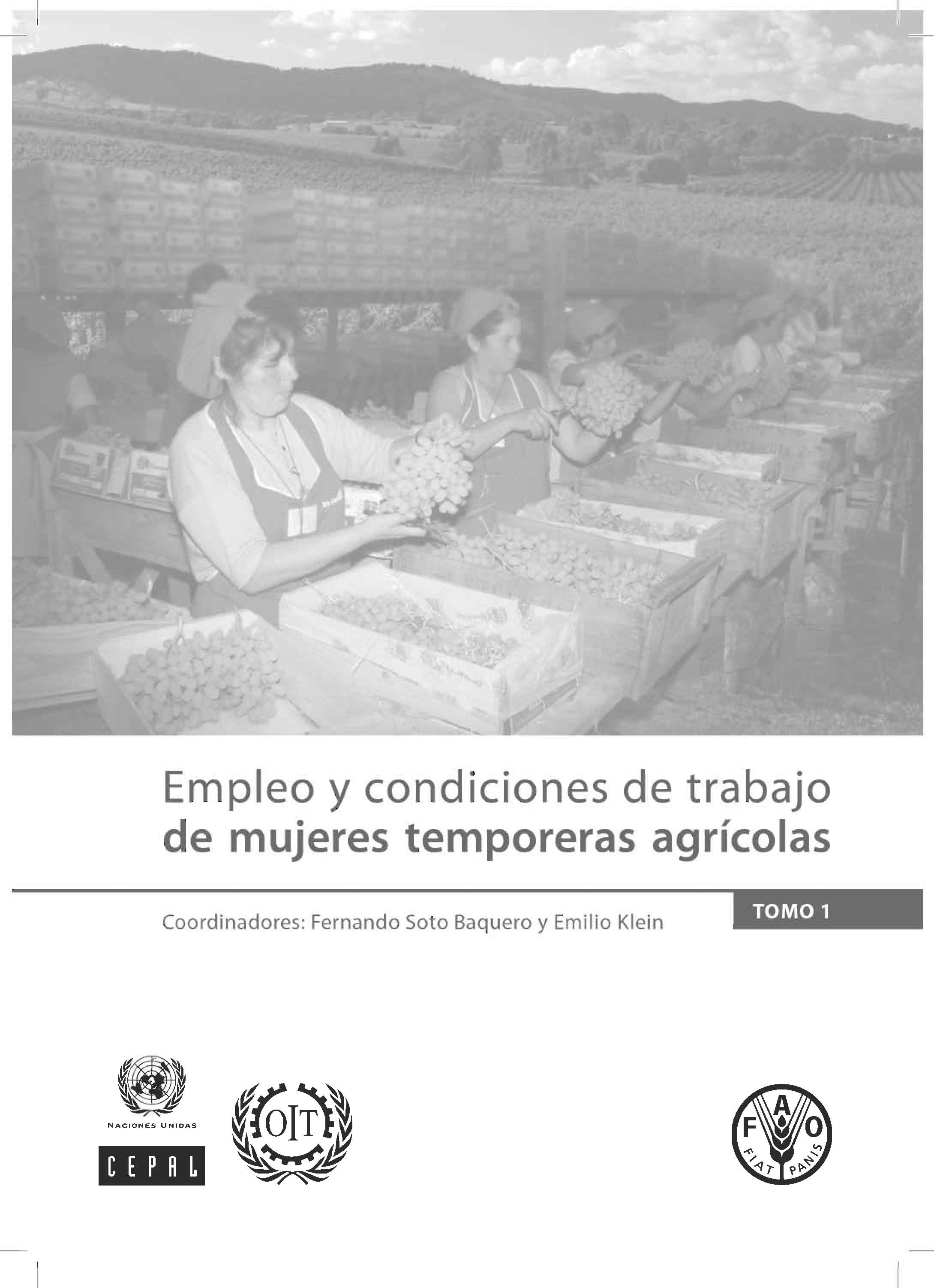Focal point
Location
The Food and Agriculture Organization of the United Nations leads international efforts to defeat hunger. Serving both developed and developing countries, FAO acts as a neutral forum where all nations meet as equals to negotiate agreements and debate policy. FAO is also a source of knowledge and information. We help developing countries and countries in transition modernize and improve agriculture, forestry and fisheries practices and ensure good nutrition for all. Since our founding in 1945, we have focused special attention on developing rural areas, home to 70 percent of the world's poor and hungry people.
Members:
Resources
Displaying 2491 - 2495 of 5074(AlAWUC) (تقرير الدورة السابعة لهيئة الزراعة واستخدام الأراضي والمياه للشرق الأدنى ( الإجتماع خة
Meeting symbol/code: ALAWUC/NE/12
Voluntary Guidelines on the responsible governance of tenure of land, fisheries and forests in the context of national food security
Last Friday 11 of May was an important day for millions of poor rural people and small scale farmers whose rights of access to natural resources were recognized for the first time ever.
Forests and Climate Change After Durban: An Asia-Pacific Perspective
Over the past two years, the Food and Agriculture Organization of the United Nations (FAO) and RECOFTC – The Center for People and Forests have brought together regional experts to reflect on the outcomes of the 15th and 16th Conference of the Parties (COP) to the United Nations Framework Convention on Climate Change (UNFCCC).
Empleo y condiciones de trabajo de mujeres temporeras agrícolas (1,5Mb)
La Oficina Regional de la FAO para América Latina y el Caribe, con la colaboración de la Comisión Económica para América Latina y el Caribe (CEPAL) y la Organización Internacional de Trabajo (OIT) realizó durante los años 2009-2011 una investigación regional titulada Políticas de mercado de trabajo y pobreza rural. En el marco de esta investigación se profundizó el análisis sobre las condiciones laborales en un sector que concentra una importante proporción de mano de obra femenina.









